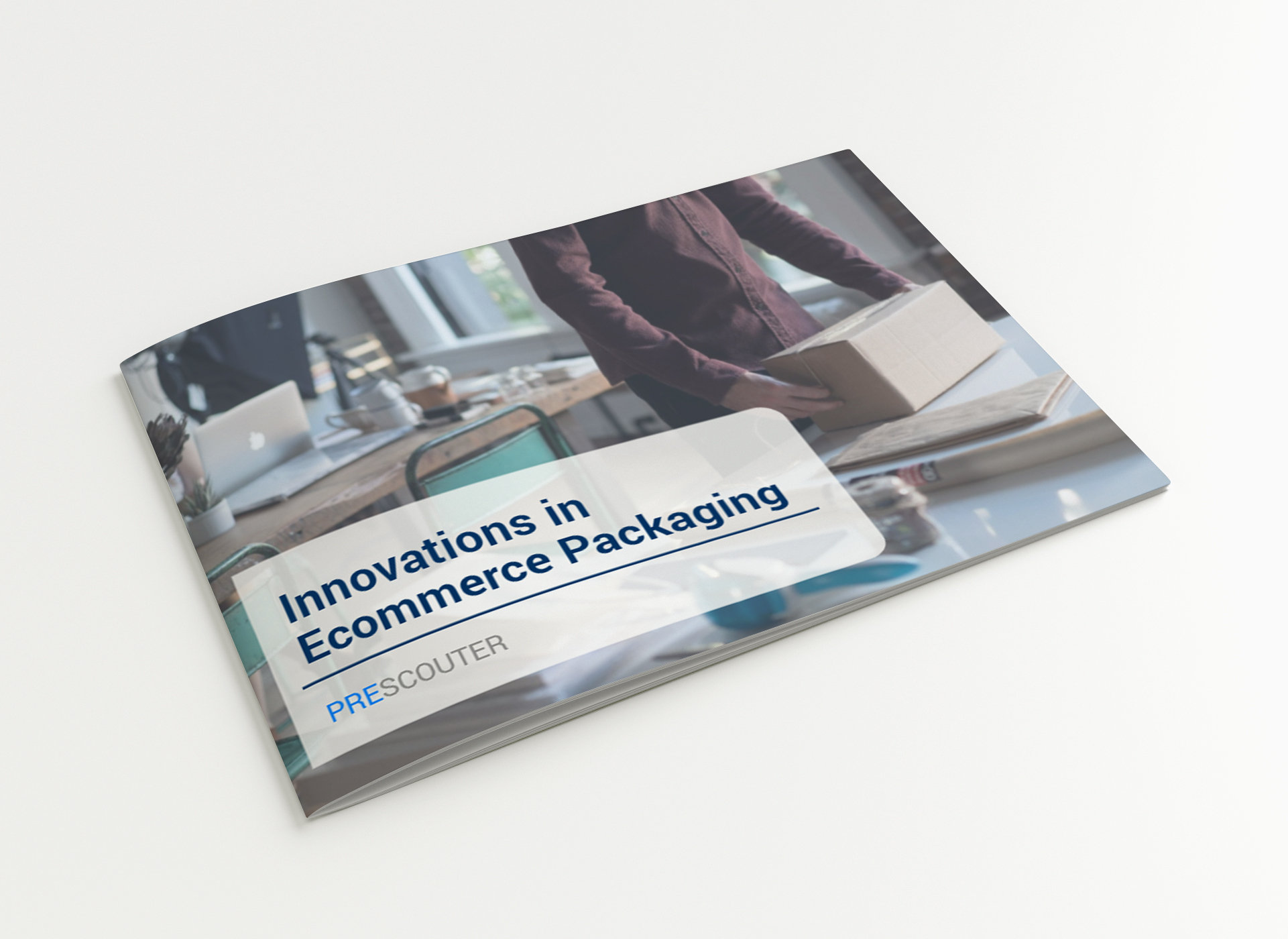Today, the ecommerce packaging industry faces some challenges, including optimizing retail packages for home delivery, reducing costs, and avoiding unnecessary packaging. New packaging development and the adaptation of traditional packaging face several trade-offs involving:
- Sustainability versus weight and performance
- Plastic versus paper/corrugated board
- Reoptimization versus underoptimization
Key aspects to consider range from general packaging optimization, standardization, easy return, and reusable packages to more technical characteristics such as mono-material solutions, thermostability, barriers, and moisture levels inside the packaging, especially when shelf life is being considered. Material solutions involving crop waste, mushrooms, and seaweed are also being developed, but there are still concerns about scalability.
Today, ecommerce packaging is a rapidly growing market, projected to reach $98.2 billion by 2025. Packaging companies must rethink their packaging designs. Ideally, packaging could be designed specifically for each order. It is part of the product and its supply chain and should not be evaluated in isolation. This Intelligence Brief profiles nine companies providing packages developed specifically for ecommerce, focusing on startups and small- to large-size businesses, located worldwide, to better understand newly commercialized technologies and developing trends.
Included in this Intelligence Brief:
- A look at the rising importance of ecommerce packaging
- The current ecommerce packaging trends
- Drivers of these packaging trends
- Comparison of the functions of traditional retail packaging versus ecommerce packaging
- Profiles of nine companies providing packages developed specifically for ecommerce
- Exclusive interview with packaging expert Bob Makofsky, Co-Founder and General Manager of Conformer Products, Inc.








